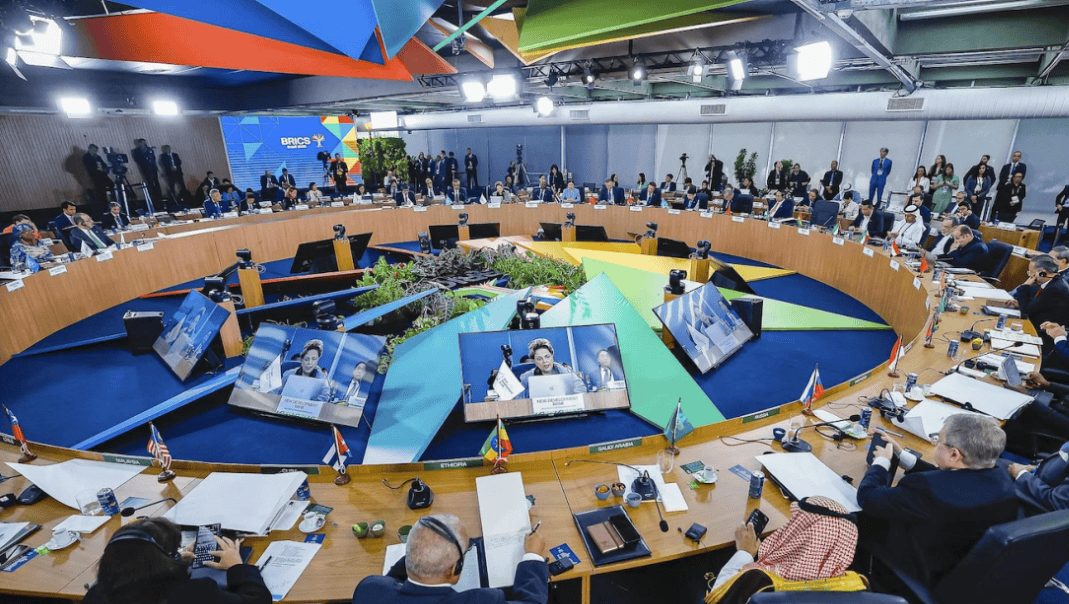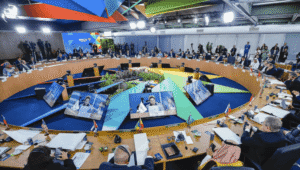Technology is crucial to the transition from fossil fuels to renewable energy but it must be accompanied by community-wide behavior changes if it is to be successful, particularly in developing countries.
Many regard technology as a beacon of hope for a future free from fossil fuels. Technological advancements bolster the efficiency and effectiveness of renewables, augment battery storage and streamline the transmission of renewable energy to consumers.
However, the story does not end with the installation of new technology. The infusion of novel technology often causes unforeseen behavioral shifts in individuals and communities. Such behavioral alterations can detrimentally affect the longevity of the newly adopted technologies.
For example, electrifying small island communities might inadvertently boost electricity consumption, particularly during nighttime hours. This is because residents may assume that electricity is now consistently and reliably accessible. Yet, an unanticipated surge in usage can strain transformers and batteries, eroding community confidence in renewables. This can initiate a detrimental cycle, culminating in a plea for another project.
It is imperative to foster appropriate behavioral shifts when transitioning from coal-fired power to renewables, especially solar. Communities must recalibrate their consumption habits, reducing nighttime usage and capitalizing on daytime solar energy production. Addressing this supply-demand disparity is pivotal for energy transition, as exemplified by the United Nations’ 24/7 Carbon-Free Energy initiative.
In developed nations, the alignment of demand and supply is facilitated by data from sensors, such as bidirectional smart meters and household Internet of Things (IoT) devices. This data can train artificial intelligence to provide consumers with feedback, guiding them to adjust their electricity consumption patterns. By offering incentives like bill credits for avoiding electricity during peak hours, consumers are motivated to minimize reliance on fossil fuel supplements.
Social influence can also yield consistent reductions in energy consumption. Strategies might encompass comparing a household’s energy usage to that of their peers. Effective behavioral tactics include reminders and feedback, often termed “nudges,” that guide individuals while allowing personal choice.
Both private and public sectors have increasingly embraced nudges due to their cost-effectiveness and potential to further economic objectives. However, the efficacy of nudges requires further study, especially in the context of developing nations. This includes nudges such as defaults, which involve pre-setting a beneficial option; choice architecture, the design of how choices are presented to influence decision-making; and social influence, the effect that the words, actions, or presence of others have on behavior.
To maintain renewable micro-grids, certain behavioral changes are essential. Communities frequently question the collective maintenance responsibility. Addressing this concern demands insights into community behavior.
For instance, in Kaafu Dhiffushi, Maldives, excess solar energy was harnessed to power a community freezer, benefiting the community by preserving fish for resort sales. A portion of the revenue helps to maintain the renewable micro-grid.
Effective behavioral tactics include reminders and feedback, often termed “nudges,” that guide individuals while allowing personal choice.
Our work has identified three pivotal recommendations for introducing new technologies to communities:
Grasping local behavior is paramount. If residents are accustomed to nighttime energy use, they may need to adjust their habits, especially when transitioning to solar energy.
Behavioral shifts can be spurred by nudges and incentives. Tools like text reminders and economic signals can catalyze change.
In tight-knit communities, it’s crucial to consider not just individual but collective behaviors. Communities evolve when they recognize shared advantages, which should be highlighted during technology installations.
While innovative technologies present immense potential, their integration demands meticulous evaluation of behavioral adaptations. Behavioral insights have predominantly targeted developed nations. Their applicability might differ in the context of developing countries in Asia and the Pacific. Factors like social dynamics, economic disparities, and cultural norms all shape the relevance and impact of these behavioral insights.
Technology is critical to the global transition from fossil fuels but without the accompanying behavior changes progress could be slowed. We must help people adapt their behaviors to make the most of technology, particularly in developing countries.
Source : Asian Development Blog



































































